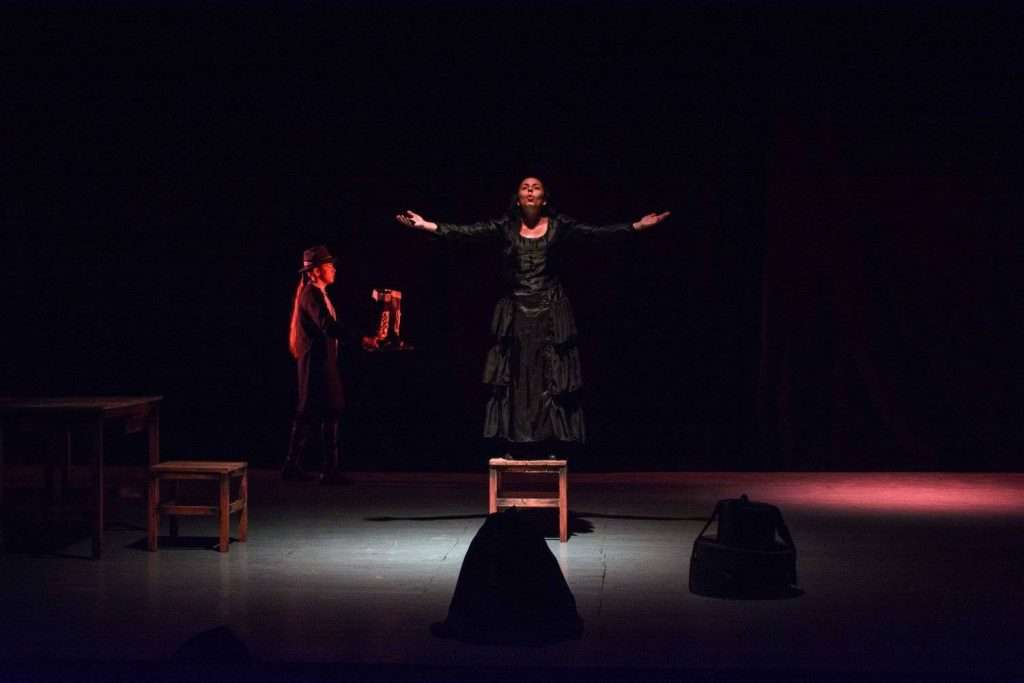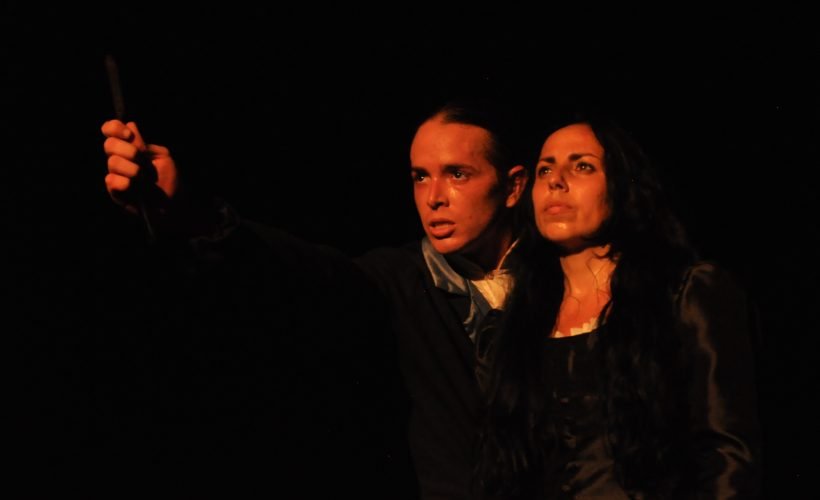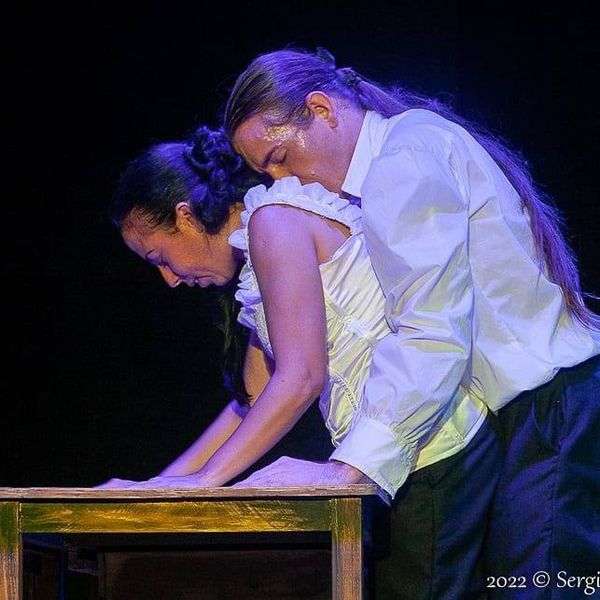In the Cuba of the present, between the aftermath of the pandemica severely affected economy, to which are added dimensions of social life that are gradually recovering their activity, making theater, —work that, among many things, begins with its production— is, without a doubt, an act of heroism.
However, as soon as the pandemic numbers receded our creative groups began to open the facilities theatrical performances and to appear before the public, who attended the invitation in a beautiful act of reaffirmation of life.
If initially the shows that were already in the repertoire came to the stage, it was not long to wait for, like party lights, the new proposals appeared one after another: the premieres, most of them ending a process stopped by force majeure for two years.
Thus, two versions of one of August Strindberg’s best-known works have coincided on stage, Miss Julia, in charge of the Buendía Theater, in Havana, and the Icarón Theater, in Matanzas; each one with its purposes and its spectacular speech, however, both set in the time and place referred to in the original text.
Although I will dedicate myself to reviewing the proposal of Teatro Icarón, in Matanzas, whose premiere to a full theater took place on Saturday the 7th of the current month, I will dwell on the aspect of theatrical production because of what this means in terms of costs and efforts. from work. Both works speak, of course, to today’s viewer, but using period clothing and accessories.
The visuality of the Icarón staging, which we owe to the artist Rolando Estévez, in its conception, and to the rest of the entity’s team in terms of its realization, is impressive. Its stylization and sobriety highlight its presence and meaning in a space that has been preferred to be almost empty for the staging.
The use and composition of space provides a contemporary coordinate and discusses the naturalistic condition that, since the appearance of this work in the artistic world, various voices have foisted on it, despite the fact that Strindberg shows in his theater his own formal journey that, although part of the naturalistic environment ( The father1887, may be an exponent), ends in the expressionism of Spectra Sonataand already in 1888, when he writes Miss Juliathat ascendancy of naturalism has been surpassed.
The kitchen, so well described in the text, a place for the servants, occupies most of the space and is the only thing marked in this representation. The rod from which some very precise tools hang and the way in which some of them are used stand out. Already, for the final scene, a surprise has been reserved for us. The curtain that seemed to be the one in the background is slightly less than halfway open and reveals a staircase with an air of today, each step highlighted in red light; she leads us to a second level. There, at its end, Julia’s death will happen, worked to the “grand finale”.
It is also necessary to talk about the finishing of the costumes, something rare in the Cuban scene in recent decades, with some known exceptions, and the lighting design, also conceived by Estévez himself, and carried out by José Heriberto Oramas. The choice of a language of tones and intensities collaborated, effectively and beautifully, to highlight each moment of the show.
Remarkable work with the soundtrack (songs by Lalo Brickman) in whose selection Mario Rodríguez and Lucre Estévez participated, the first in charge, in addition, of the edition.
Despite being the opening night and, above all, that restlessness, that being and not being that the author himself confessed to having used as material to build his characters (Strindberg was beyond belonging to a bourgeois society) —perhaps as a silent tool to undermine complacency, the perennial state of comfort of the bourgeois—all the design that can be seen in the acting work is excellent and predicts an intense relationship between its characters.
With the first actress Miriam Muñoz, in the role of Cristina, not only Lucre Estévez, as Julia, who also has all the responsibility for the staging, but also the very young Rubén J. Martínez Molina in the Juan’s complex personality.

The staging, which has the values that I have already mentioned, adds to them the austerity and cleanliness of movements, the creation of successful scenic images, as well as the resource of well-used estrangement, such as when Juan and Julia speak texts to the audience. what they should say to each other.
Here now the only thing missing is the passage of time, the due amount of encounters with the public that will make the actors, each one, reach the climax of their respective processes (the highest point of their personal process does not always coincide with the actor’s the premiere date), and we will have Juan and Julia on the scene in all their splendor.
For the moment, it remains to be stated that Icarón, led by that immense Miriam Muñoz, incorporates another major work into his repertoire and that Lucre Estévez Muñoz, humbly escorted by her parents (and this is quite a privilege) has come of age on the stage and has shown with this enormous amount of work —which adds to the Artistic Direction and acting, production and management of public relations and promotion— an enviable organizational capacity and intensity.
In the already interesting career of Teatro Icarón, the group scores two great moments in theater directing, its staging of Butter (by Alberto Pedro Torriente), made precisely on what were then the crude foundations of what has now been erected as a beautiful theater, and this installment of Miss Julia, whose intelligent dramaturgical version also corresponds to it. For all times but, in particular, for ours, it tells us about simulation and deception at the service of personal interests, about frivolity and a life devoid of meaning, about the paralysis, always sterile, caused by fear and the rest of the issues with which each spectator can dialogue, since that is what the Theater is all about, a place where we come to the house of the older family or to a church or place of prayer.
If I may, I would offer just one suggestion to the performing arts institutions: that they attend to this young talent, already proven, that they invest in the completion of their training, since the theater director is, in our scenic tradition, , an essential figure for the development of our theatre. However, she “is made” from having certain individual conditions. In the case of Teatro Icarón these conditions concur and it is not a matter of wasting them. She already urges a specialized training overseas that provides her with the necessary skills and relationships.
For the rest, let the public get ready to decipher the surprises that the many Noches de San Juan to come have in store for them.








